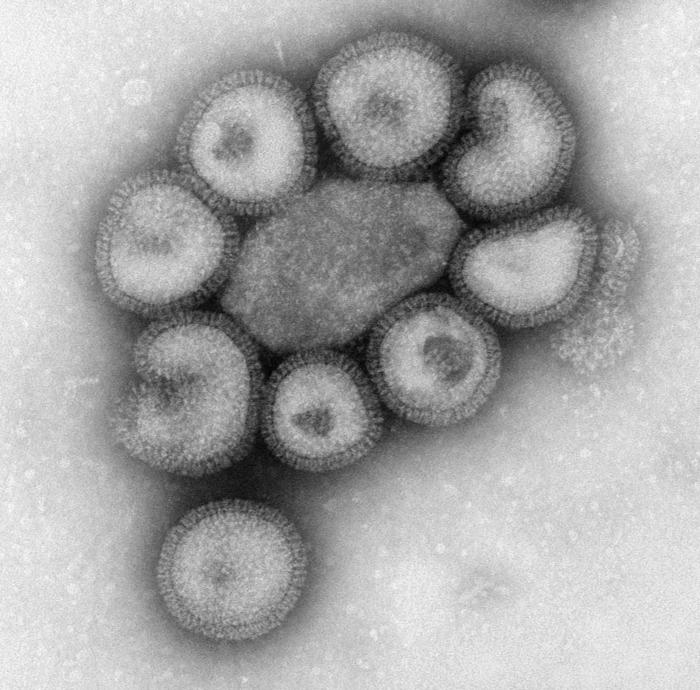Scientists studying samples of the H1N1 swine flu have found that the new pandemic agent produces more severe infections that normal "seasonal" flu, but may not spread quite so well.
 The new research is published in this week's Science, one by Vincent Munster and colleagues at the Erasmus Medical Centre in Rotterdam and the other by CDC scientist Terence Tumpey. The two groups infected ferrets (and for some experiments mice too) with human isolates of the pandemic virus, which has been designated Swine-Origin 2009 A (H1N1). They compared how these animals fared against a second group that were infected with an existing seasonal flu.
The new research is published in this week's Science, one by Vincent Munster and colleagues at the Erasmus Medical Centre in Rotterdam and the other by CDC scientist Terence Tumpey. The two groups infected ferrets (and for some experiments mice too) with human isolates of the pandemic virus, which has been designated Swine-Origin 2009 A (H1N1). They compared how these animals fared against a second group that were infected with an existing seasonal flu.
Ferrets have been shown to respond to influenza infection in a very similar manner to humans and are therefore judged to be a good "model" of how the infection plays out in us. The teams found that the animals became infectious within as little as one day after coming into contact with either strain of the virus, but animals given the new swine flu developed more severe symptoms and consistently produced more virus from the nose and throat than animals infected with the seasonal human flu strain. This would have meant that the swine-flu infected animals would have been more infectious than their counterparts infected with seasonal flu. And when lung tissue from the infected animals was compared, the researchers found evidence of more widespread lung involvement in the swine flu-infected ferrets.
The CDC group also also explored how well the swine flu strain is able to lock onto its target cells compared with existing human flu strains. Flu does this using the molecular equivalent of "viral Velcro" in the form of a protein called haemagglutinin, which locks onto sugar molecules on the surfaces of cells. The swine flu strain, they found, was less good at locking onto human cells than existing human strains of the virus, although it does have the capacity - unlike seasonal flu - to infect the gastrointestinal tract too, possibly explaining why many of the human cases documented so far have also experienced vomiting and diarrhoea.
The team also point out that the part of the molecular machinery used by swine flu to copy its genetic material, a protein called PB2, is also less efficient than seasonal flu. Together these effects mean that swine flu is less infectious than existing seasonal flu.
But that might change.
Flu viruses often make mistakes when they copy their RNA genetic code, which is how they evolve and change. There is no reason why, as the agent spreads, it will not improve on the genetic hand it has been dealt. It's also possible that the swine flu strain might mix and exchange genetic material with a seasonal flu strain (such as H1N1 or H3N2), to produce a more infectious agent. It may also acquire resistance to the antiviral drug oseltamivir in the same way.
This, say both teams, means we need to keep a close eye on what the virus does next...
- Previous Computing your way out of jet lag
- Next No fleas on me










Comments
Add a comment